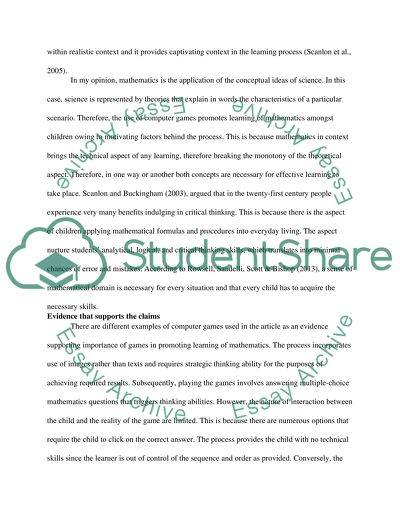Cite this document
(“A critical review of the role of ICT in the teaching of English and Essay”, n.d.)
A critical review of the role of ICT in the teaching of English and Essay. Retrieved from https://studentshare.org/education/1660684-a-critical-review-of-the-role-of-ict-in-the-teaching-of-english-and-mathematics
A critical review of the role of ICT in the teaching of English and Essay. Retrieved from https://studentshare.org/education/1660684-a-critical-review-of-the-role-of-ict-in-the-teaching-of-english-and-mathematics
(A Critical Review of the Role of ICT in the Teaching of English and Essay)
A Critical Review of the Role of ICT in the Teaching of English and Essay. https://studentshare.org/education/1660684-a-critical-review-of-the-role-of-ict-in-the-teaching-of-english-and-mathematics.
A Critical Review of the Role of ICT in the Teaching of English and Essay. https://studentshare.org/education/1660684-a-critical-review-of-the-role-of-ict-in-the-teaching-of-english-and-mathematics.
“A Critical Review of the Role of ICT in the Teaching of English and Essay”, n.d. https://studentshare.org/education/1660684-a-critical-review-of-the-role-of-ict-in-the-teaching-of-english-and-mathematics.


